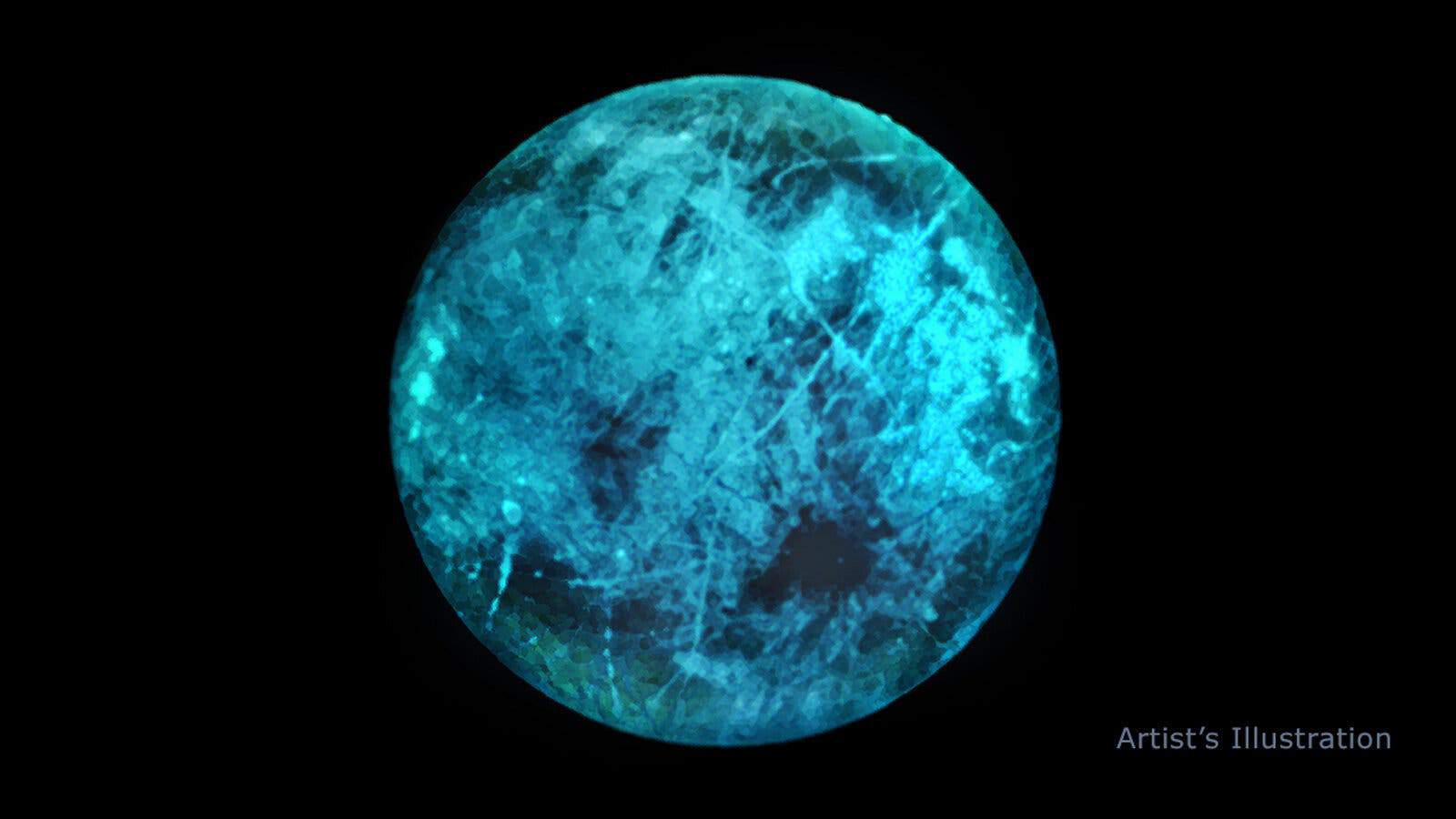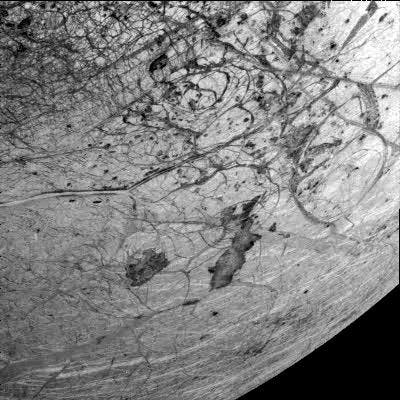Science
Related: About this forumTwinkle, twinkle, little ... moon? Jupiter's icy moon Europa glows in the dark, researchers find
As if Europa needed to get even cooler.
Mihai Andrei by Mihai Andrei November 10, 2020
Europa, the frozen but ocean-filled moon that orbits Jupiter is bombarded by a relentless flux of radiation. Day in and day out, Jupiter flings electrons and other particles towards it. These particles hit the ice and salt-rich surface of Europa, creating a soup of complex interactions that produce something otherworldly: they make Europa glow in the dark.

This artistic illustration of Jupiter’s moon Europa shows how the icy surface may glow on the side facing away from the Sun (like the Earth’s moon, Europa is tidally locked so one side always faces Jupiter and one side always faces away). Variations in the glow and the color of the glow itself could reveal information about the composition of ice on Europa’s surface. Credit: NASA/JPL-Caltech
A song of ice and radiation
Cold Europa is already a hotspot of interest for astronomers. Although it is a frozen desert on the surface, astronomers believe it harbors liquid water beneath its icy crust, and based on what we know about its chemical make-up, it seems like a promising candidate for hosting life in this subsurface ocean.
But while the inside of the planed may be teeming with life (it’s probably not teeming, but you know), the surface is interesting in its own right. NASA astronomer Murthy Gudipati and colleagues recreated some of the interactions on Europa’s surface in the lab, exposing salted ice to energetic electrons as they would expect from Jupiter. They found that these interactions trigger a process called electron-stimulated luminescence. Simply put, it glows in the dark.
It’s an unusual process. You may be tricked into thinking it’s common for moons to glow by looking at our very own moon, bright on the night sky. But our moon isn’t glowing, it’s merely reflecting light from the Sun. Meanwhile, Europa truly produces its own light, even on the side that’s turned away from the Sun.

The surface of Europa is covered in cracked and ridged ice.
Imge credits: NASA/JPL
More:
https://www.zmescience.com/science/europa-glow-dark-10112020/
Judi Lynn
(160,655 posts)SPACE 9 November 2020
By Leah Crane

The surface of Jupiter’s icy moon Europa
NASA/JPL/University of Arizona
Jupiter’s moon Europa may glow in the dark. Lab experiments have shown that the type of ice that covers the moon’s surface glows under radiation, which could help us figure out the composition of its frozen plains and subsurface oceans.
Because of the way Jupiter’s powerful magnetic field accelerates charged particles, Europa is constantly bombarded by high-energy electrons. Murthy Gudipati at NASA’s Jet Propulsion Laboratory in California and his colleagues investigated how Europa’s icy surface might react to that bombardment by blasting electrons at samples of ice enriched with molecules that may be found on Europa.
When the electrons hit molecules in the ice, the molecules fell apart and their constituent atoms absorbed some energy. The atoms then re-emitted that energy as light, causing an eerie, green-tinged glow. This was brighter or dimmer depending on the type of molecule – for example, adding sodium chloride decreased the glow.
“If you imagine that you are standing on Europa and looking at the glow under your feet, the brightness would be similar to if you were to stand outside under full moonlight and then look at the ground,” says Gudipati. “But Europa’s surface is a very dangerous environment, so while we can imagine standing on it, a few seconds standing on Europa would probably kill a person.”
Read more: https://www.newscientist.com/article/2259187-jupiters-moon-europa-has-ice-that-may-glow-green-in-the-dark/#ixzz6dQKMDynd